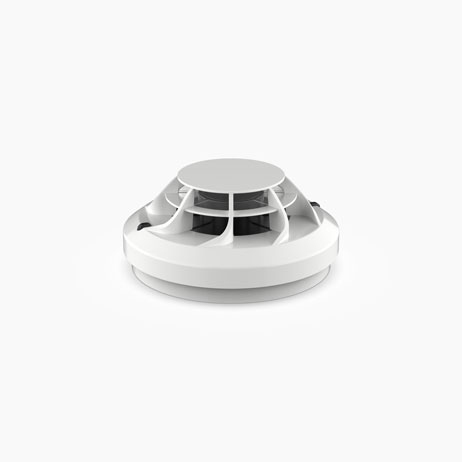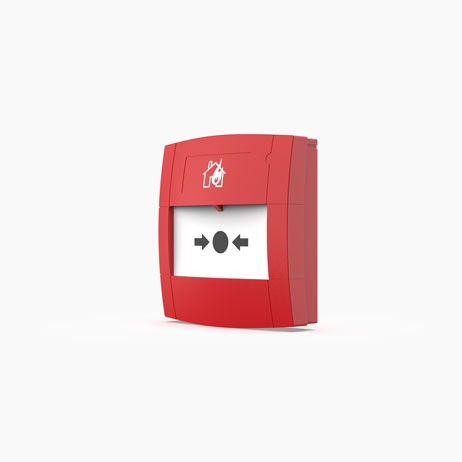A care home is a residential facility that provides accommodation, personal care and support for individuals who may struggle to live independently due to age, illness or disability. Care homes offer a safe and comfortable environment where residents receive assistance with daily activities such as bathing, dressing and eating. Care homes are staffed with trained professionals who ensure the well-being of residents by providing companionship, supervision and, in some cases, medical care. Their primary function is to enhance the quality of life for individuals while offering peace of mind to their families.
Risks
Care homes come with a number of fire risks, necessitating the need for a reliable detection solution. Some of these include:
- Smoking
- Residents or staff smoking indoors or in prohibited areas can lead to accidental fires, especially if cigarettes are improperly disposed of.
- Electrical Equipment
- Overloaded sockets, faulty wiring or misuse of electrical appliances like heaters and kettles can cause sparks or overheating, increasing fire risks.
- Kitchen Hazards
- Cooking equipment, unattended food preparation or grease build-up in kitchens can result in fires.
- Flammable Materials
- Upholstery, bedding, curtains and other combustible materials can ignite quickly, spreading fire throughout the home.
- Mobility and Evacuation Delays
- Residents with limited mobility or cognitive impairments may struggle to evacuate swiftly, increasing the risk of harm during a fire emergency.
Challenges
There are also a number of challenges when it comes to designing and installing a suitable fire detection solution for care homes. Some of these include:
- Cost of Installation and Maintenance
- Implementing a comprehensive fire detection system can be expensive, particularly in older buildings requiring upgrades to accommodate modern systems.
- Building Layout and Design
- Complex or outdated building designs may make it difficult to install detectors and alarms effectively, ensuring full coverage of all areas.
- False Alarms
- Sensitive systems may trigger false alarms due to factors like steam, cooking smoke or dust, causing disruption and reducing confidence in the system.
- Maintenance and System Downtime
- Regular maintenance is essential to keep the system functioning properly, but during inspections or repairs, temporary downtime can leave the care home vulnerable to fire risks.
- Staff Training and Awareness
- Proper operation and maintenance of the system require staff training, and any lack of knowledge or awareness can compromise a fire detection system’s effectiveness.
Morley-IAS Plus
The Morley-IAS Plus unit is a versatile and reliable fire alarm control panel designed to provide effective fire detection and alarm management. It is known for its ease of use and scalability, making it suitable for small to medium-sized buildings, including care homes.
Morley-IAS Plus fire alarm panels monitor a variety of detectors and manual call points, quickly identifying and alerting users to fire or fault conditions. It features a user-friendly interface, including a 4.3-inch colour touchscreen for intuitive navigation, enabling staff to respond promptly to alarms.
This versatile fire alarm control panel is provided with support for one loop but can be expanded to cater for two loops, with each loop accommodating up to 318 devices. It uses Honeywell’s Advanced Protocol to ensure rapid and reliable detection while minimising false alarms and is compatible with both wired and wireless devices, making it adaptable to various building layouts.
Morley-IAS Plus ensures reliable fire detection while minimising false alarms, supporting safety and compliance in critical environments.
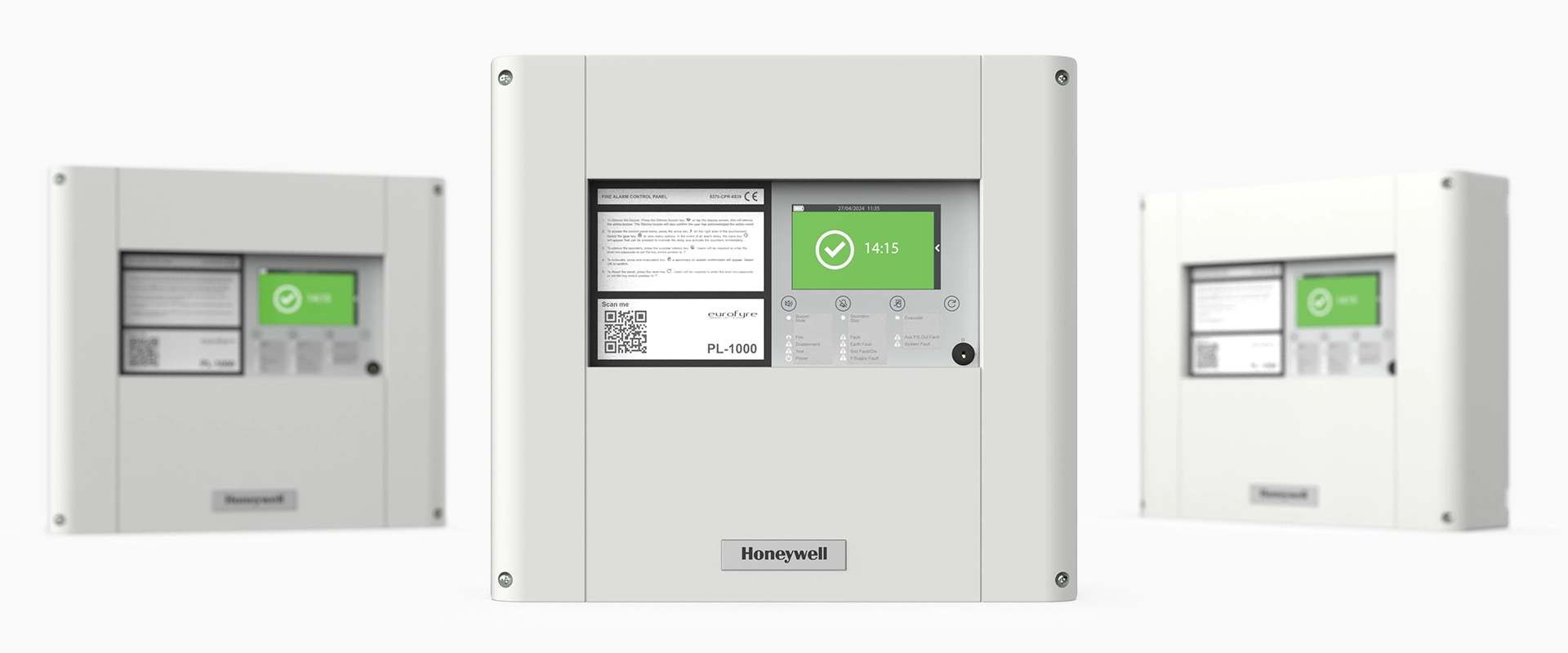
Approvals
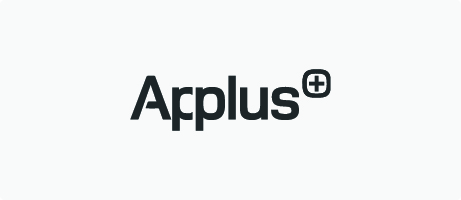

Morley-IAS Plus fire alarm control panels are fully compliant with EN54-2, EN54-4, and EN54-13 standards, meeting strict fire safety regulations.
Morley-IAS Advanced Protocol
The Morley-IAS Advanced Protocol is a powerful communication protocol that boosts the speed and reliability of fire detection. It permits the control panel to process more data from connected devices to facilitate quicker identification of fire events while reducing false alarms. Morley-IAS Advanced Protocol supports a greater number of devices on each loop, improving scalability and flexibility.
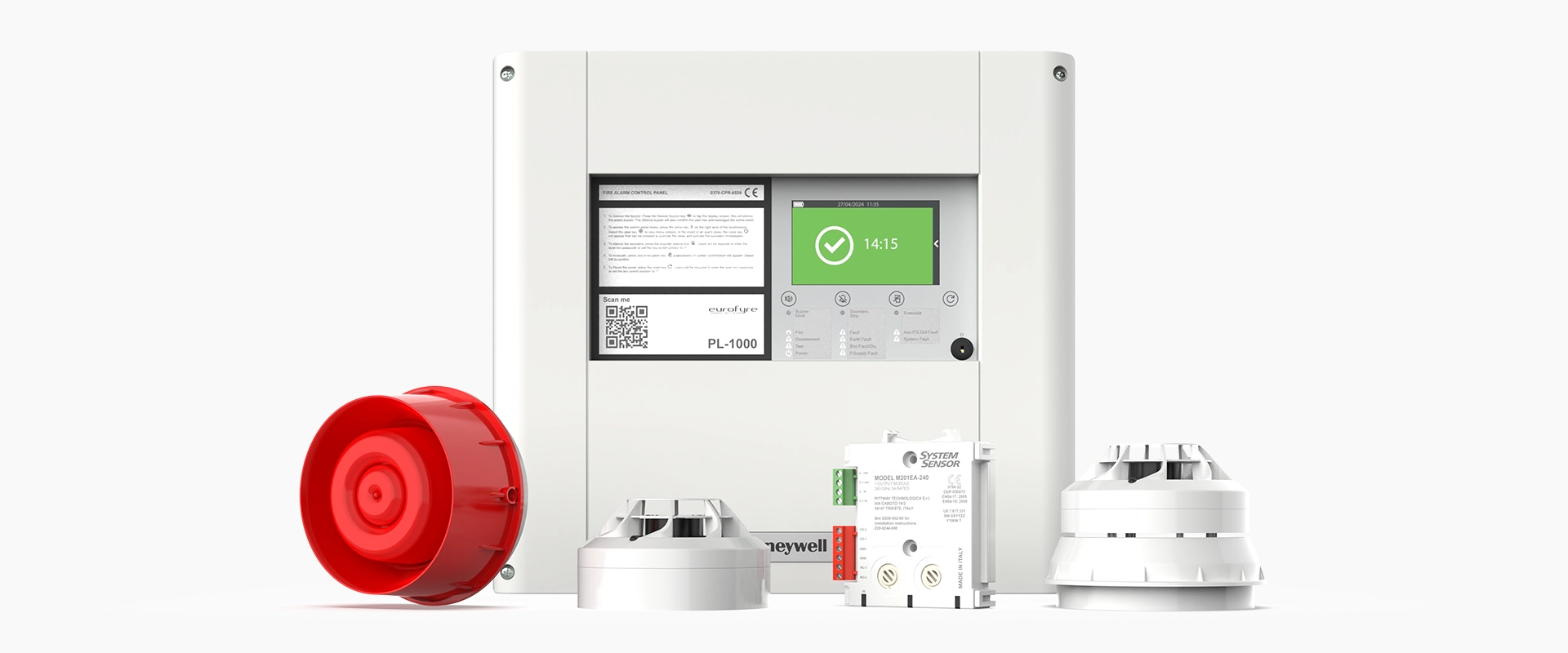
Colour Coordinated System Conditions
The Morley-IAS Plus features an intelligent display that dynamically changes colour to communicate system status as clearly as possible. This intuitive interface provides a quick visual overview of critical events to facilitate faster response and improved situational awareness.
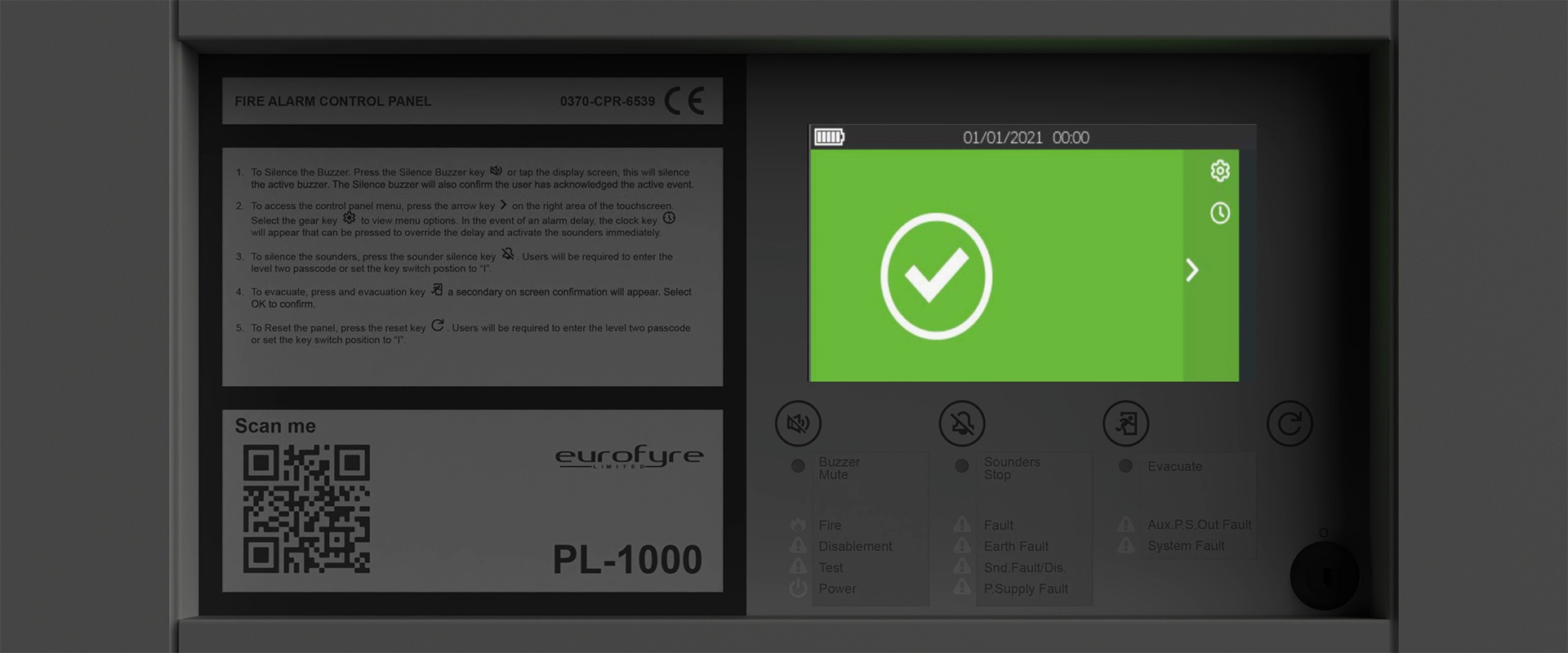
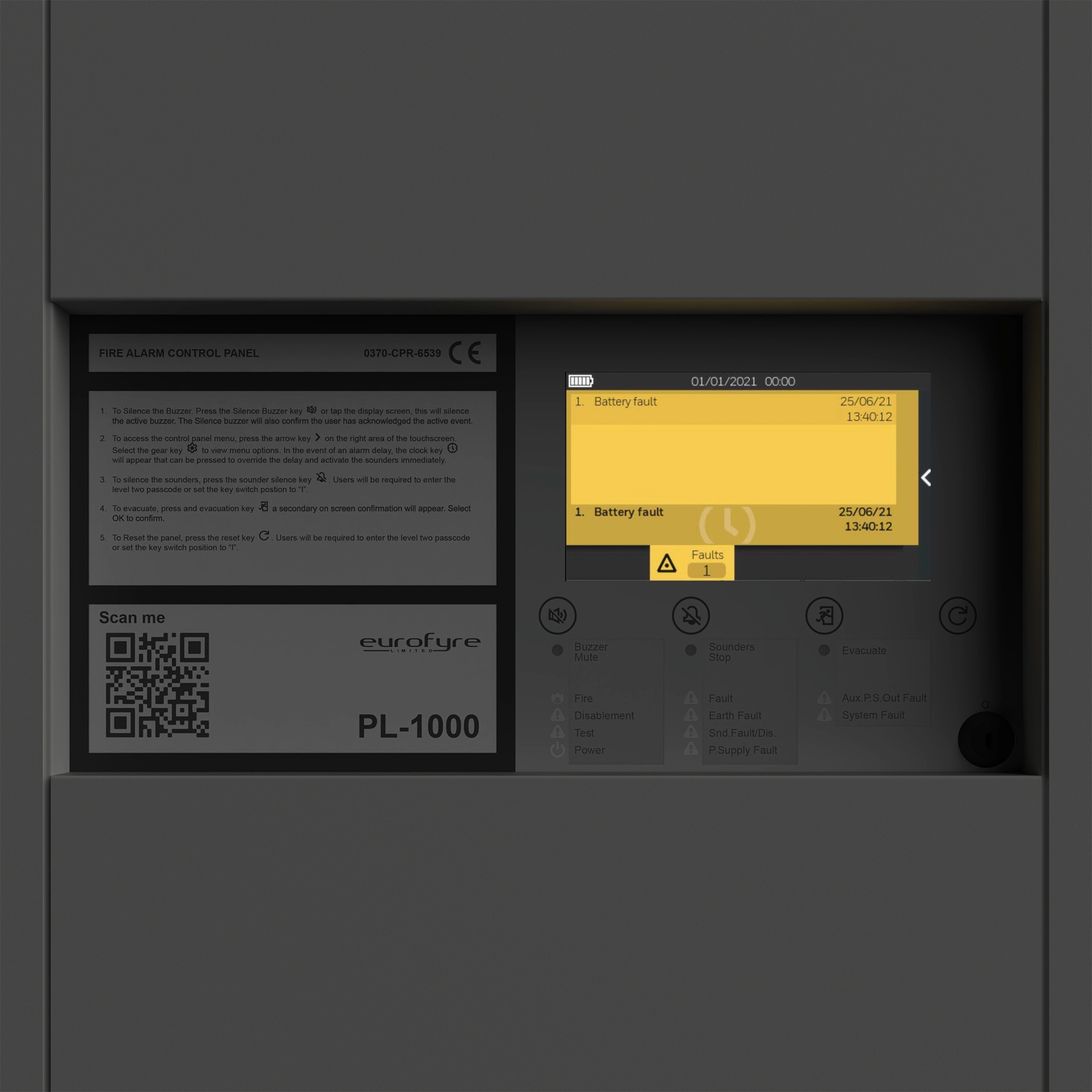
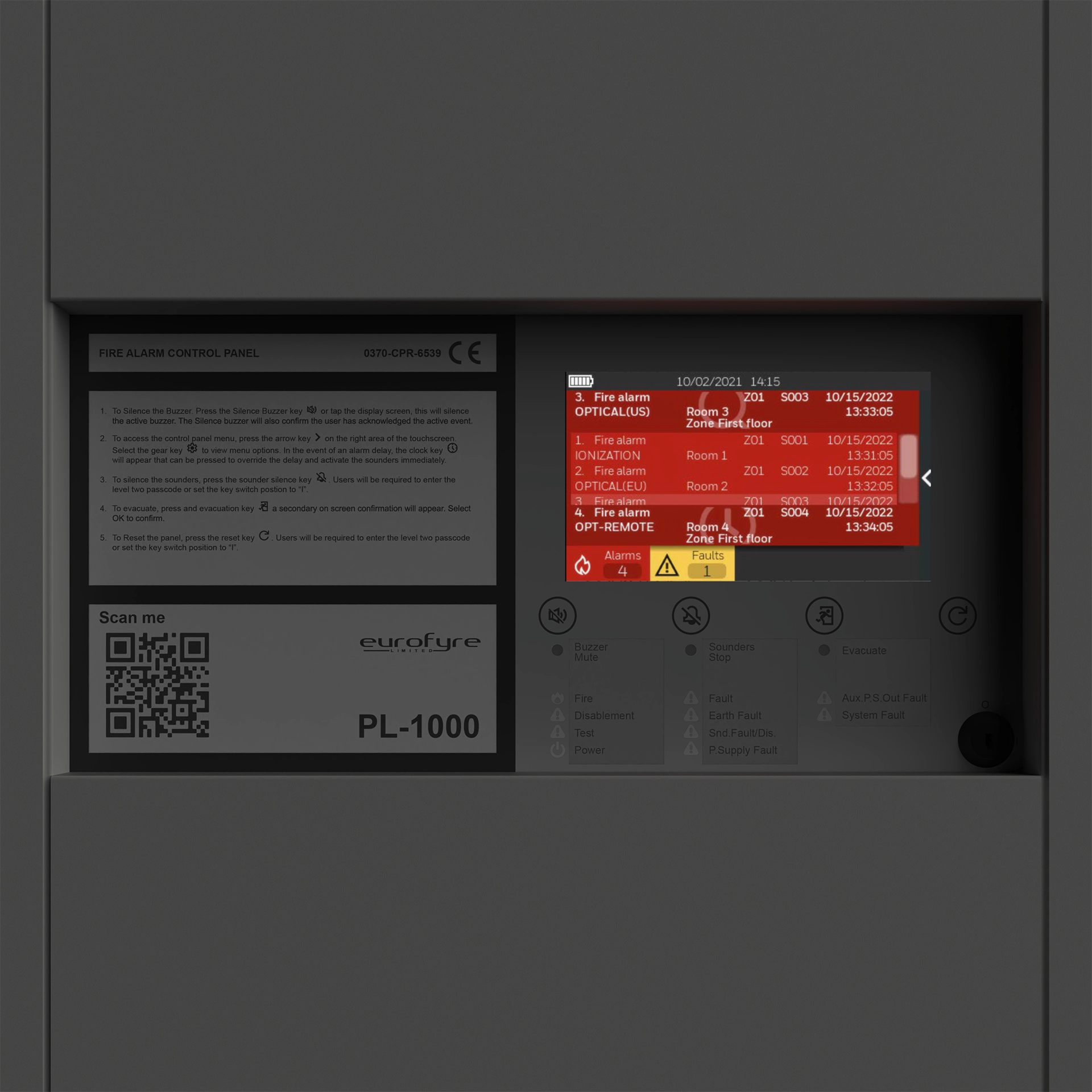
Morley-IAS Addressable Fire Detection
Typical Wiring Diagram

Design Considerations
Panel Placement

In a care home, the fire alarm control panel should be placed in a central, accessible location for optimal monitoring and response. This may be near the main entrance or reception for visibility to staff and emergency services, or in a staffed office or nurse station where personnel are always present.
It should be located on the ground floor near escape routes but away from high-risk areas like kitchens or boiler rooms. This ensures quick access, minimises damage risk and enables immediate response to alarms, enhancing the safety and efficiency of fire management.

Detector Placement


For optimal results, smoke detectors in a care home should be placed in key areas such as corridors, communal areas, stairwells and bedrooms, ensuring comprehensive coverage.
Detectors can be mounted with or without a sounder base. A sounder base integrates an audible alarm, providing both detection and notification, ideal for areas requiring immediate alerts.


Call Point Placement
Call points in a nursing home should be placed near fire exits, at regular intervals in corridors and in high-risk areas like kitchens and lounges. Positioned at 1.4 metres height, they ensure accessibility for all, including wheelchair users, enabling quick activation during emergencies.


Handpicked Solutions for Care Homes
Addressable Control Panel

The Morley-IAS Plus Control Panel combines advanced technology with user-friendly features for maximum security and efficiency. This panel includes Honeywell’s innovative Advanced protocol which ensures fast, reliable detection of fire threats. Detailed information is provided to installers, allowing for streamlined troubleshooting and system maintenance.
Addressable Detectors
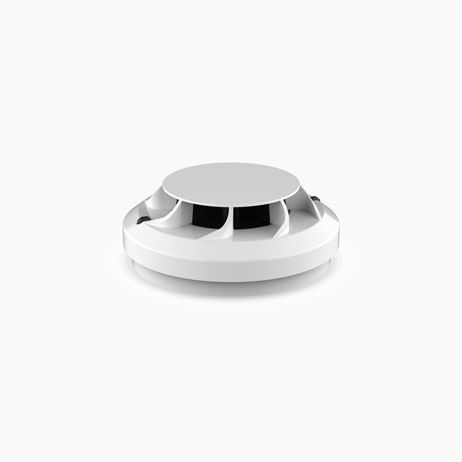
Morley-IAS’s Addressable Optical Smoke Detectors feature redesigned chambers for better responsiveness, minimising false alarms from dust and insects, and use advanced processing and algorithms to enhance detection accuracy and speed.
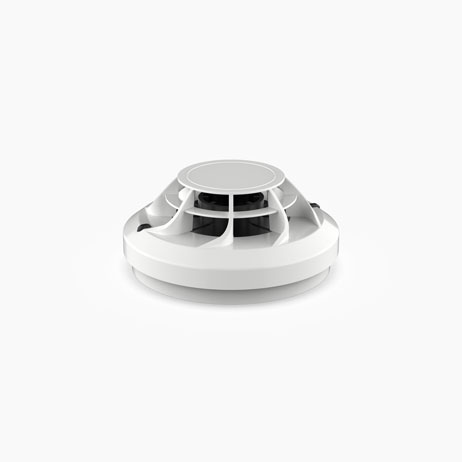
Morley-IAS’s Addressable Heat Detectors provide swift response using low mass thermistors and microprocessors. They offer fixed temperature detection or rate-of-rise detection with configurable settings, all in a sleek, modern enclosure.
Addressable Manual Call Point
Addressable Sounders
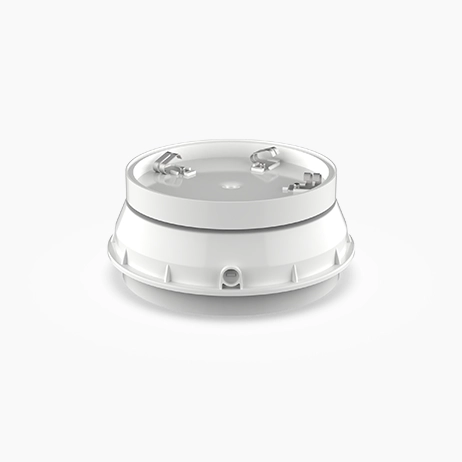
The Morley-IAS Addressable Base Sounder is a premium loop-powered device for emergency alerts. It uses the B501AP base for flexible installation and syncs with SS intelligent detectors, producing powerful, customisable audible warnings for diverse applications.
Addressable Interfaces
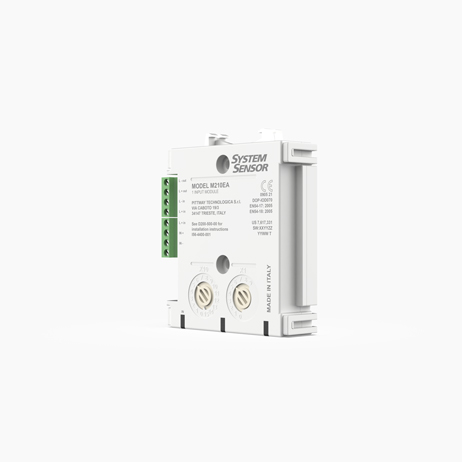
Morley-IAS Addressable Single Input Modules provide supervision of one input circuit. It offers both latched and analogue supervision. There are three separate latched states: normal; open circuit; and combined alarm/short. The analogue supervision continuously monitors the supervised circuit, returning a signal proportional to the circuit resistance.
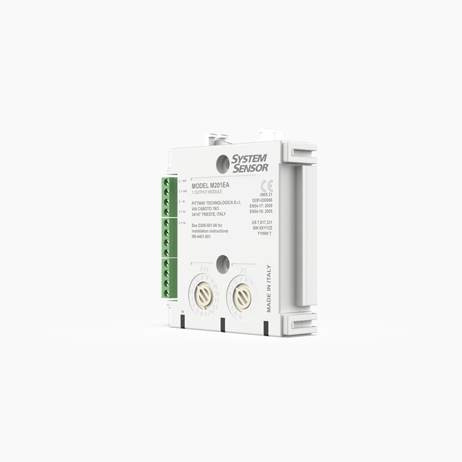
The Morley-IAS Addressable Single Output Module optionally supervises the wiring to the load devices and, upon command from the control panel, switches an external power supply to operate these devices.
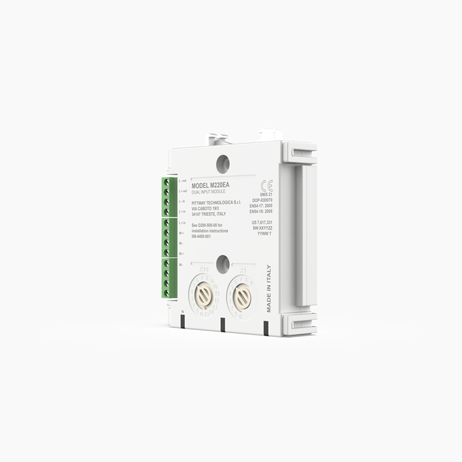
Morley-IAS Addressable Dual Input Modules are dual channel modules used for the monitoring of normally open contact fire alarm and supervisory devices.
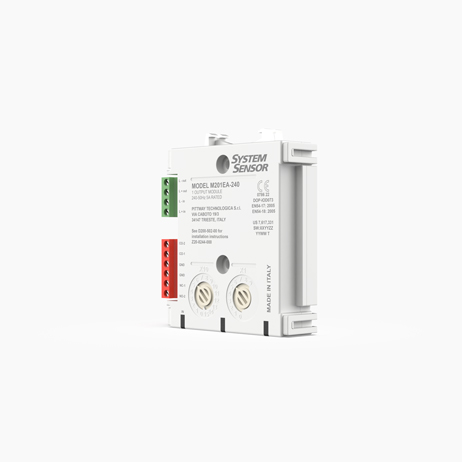
The Morley-IAS Addressable Mains Rated Output Module is a loop-powered device specifically designed to control an unsupervised double-pole output. This output module is capable of managing 240VAC loads. It consists of a bistable output relay that can latch in either the On or Off state upon receiving a command from the control panel.
Why Choose Eurofyre?
- Honeywell Fire Platinum Partner
- Eurofyre is a Honeywell Fire Platinum Partner. This means we can offer regional or industry-specific solution expertise that includes implementation and advanced customer support for models for Honeywell products along with the most competitive pricing.
- Complete System Supplier
- Eurofyre supplies all aspects of fire detection and its associated safety products, including addressable fire detection systems, and can provide expert advice and consultation.
- Demonstration and Training
- We offer demonstrations and expert training on a range of systems, including Morley-IAS, in our very own sophisticated training facility.
- After-Sales Support
- Eurofyre offers both on-site and telephone support to assist you in ensuring that your system is fully functional and operating at maximum efficiency. Our after-sales care and support are second to none.
For more information about Morley-IAS Plus or to discuss any of the other products that Eurofyre has to offer, please feel free to get in touch either by phone on +44 (0) 1329 835 024, by email to sales@eurofyre.co.uk or via the online enquiry form situated on our contact page.
Don’t forget you can follow us on LinkedIn, Twitter and Facebook or sign up to our newsletter (in the footer below) to receive all the latest information.
